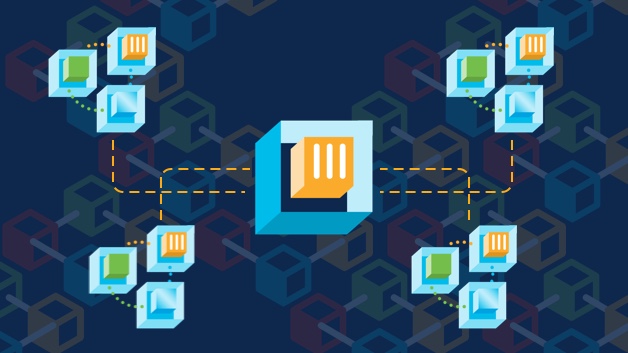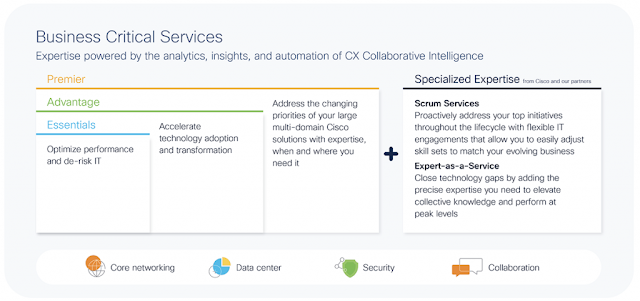The transition to cloud native application architectures is rapidly growing and becoming mainstream, increasing the need for container operationalization and management. According to a Gartner report, “growing adoption of cloud-native applications and infrastructure will increase use of container management to over 75% of large enterprises in mature economies by 2024, up from less than 35% in 2020.”
Three years ago we launched Cisco Container Platform (CCP), a self-hosted software container management platform, based on upstream Kubernetes, offering integrations with all the popular public clouds as well as any hardware on-premises. As we have been enabling customers in their containerization and DevOps journeys, we always come across the three key personas that we are trying to help: IT Admins, DevOps and development teams.
◉ IT Admins, responsible for not just for the Kubernetes layer but also the end-to-end cloud infrastructure. They are looking for common tools to easily deploy, manage, visualize, and monitor across the entire infrastructure stack, from server firmware management, to the hyperconverged layer, to the automation and container lifecycle management.
◉ DevOps teams are responsible for the stack’s Day 2 operations. They are looking to protect the precious application data and automate deployment to be able to scale across both infrastructure and application stack.
◉ Development teams want a simple API to hide infrastructure complexity and tools to automate continuous delivery of their Kubernetes-based applications.
The feedback was consistent: how can we expand the functionality of our container management offering to enable integrated management of the complete infrastructure stack under the Kubernetes layer?
That’s exactly why we built Intersight Kubernetes Service.
























